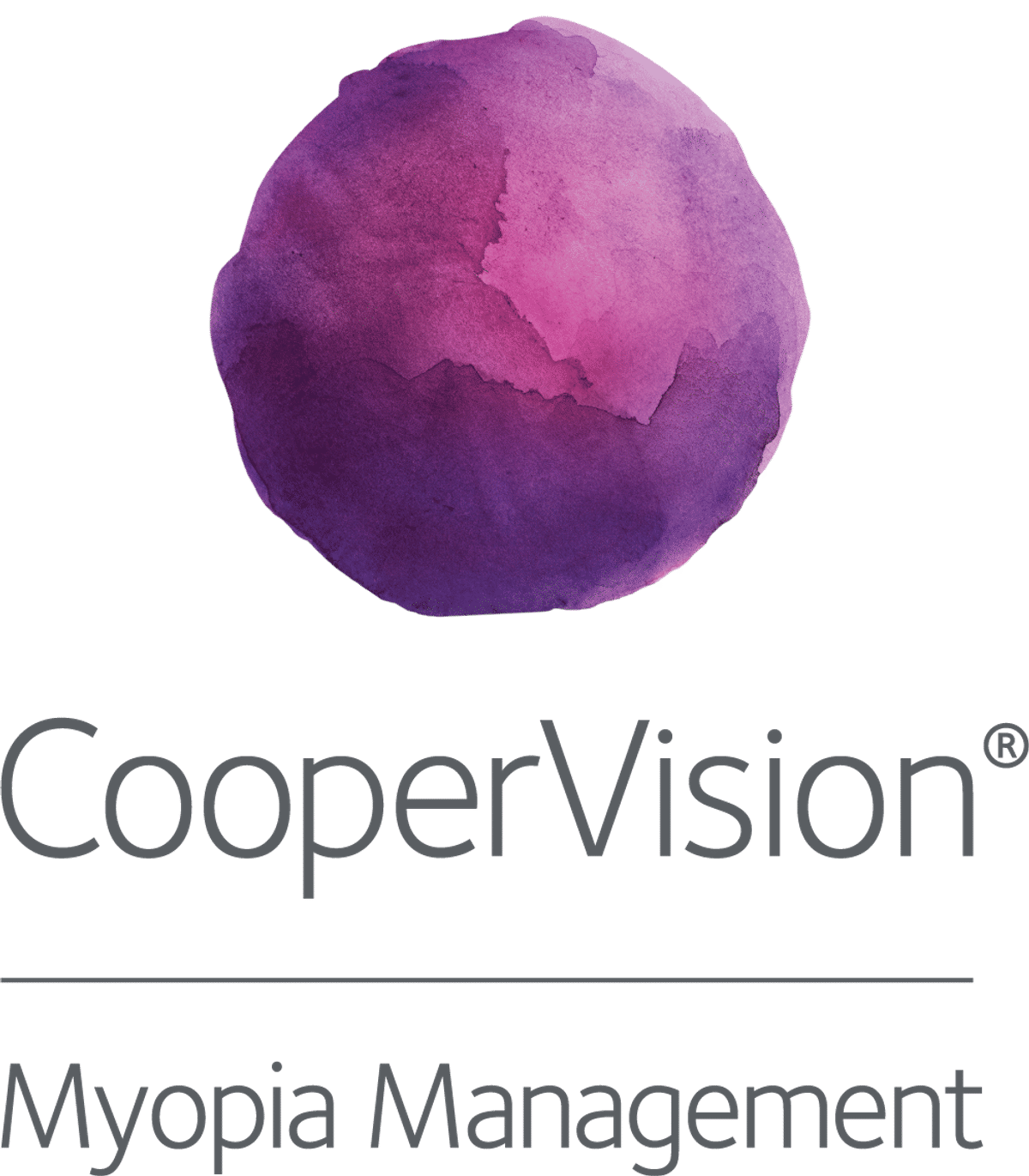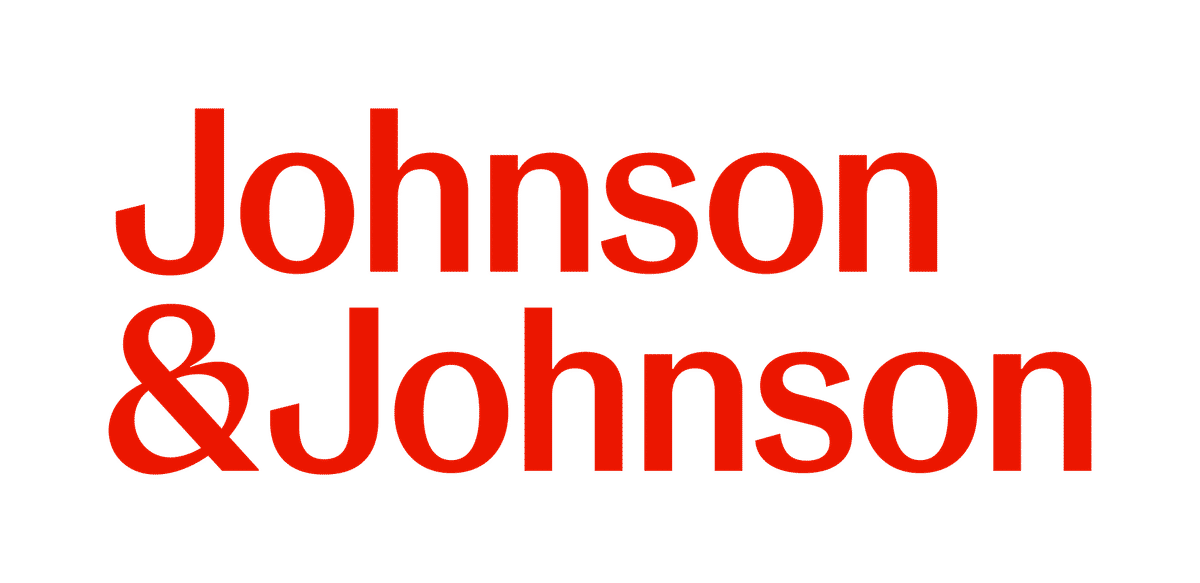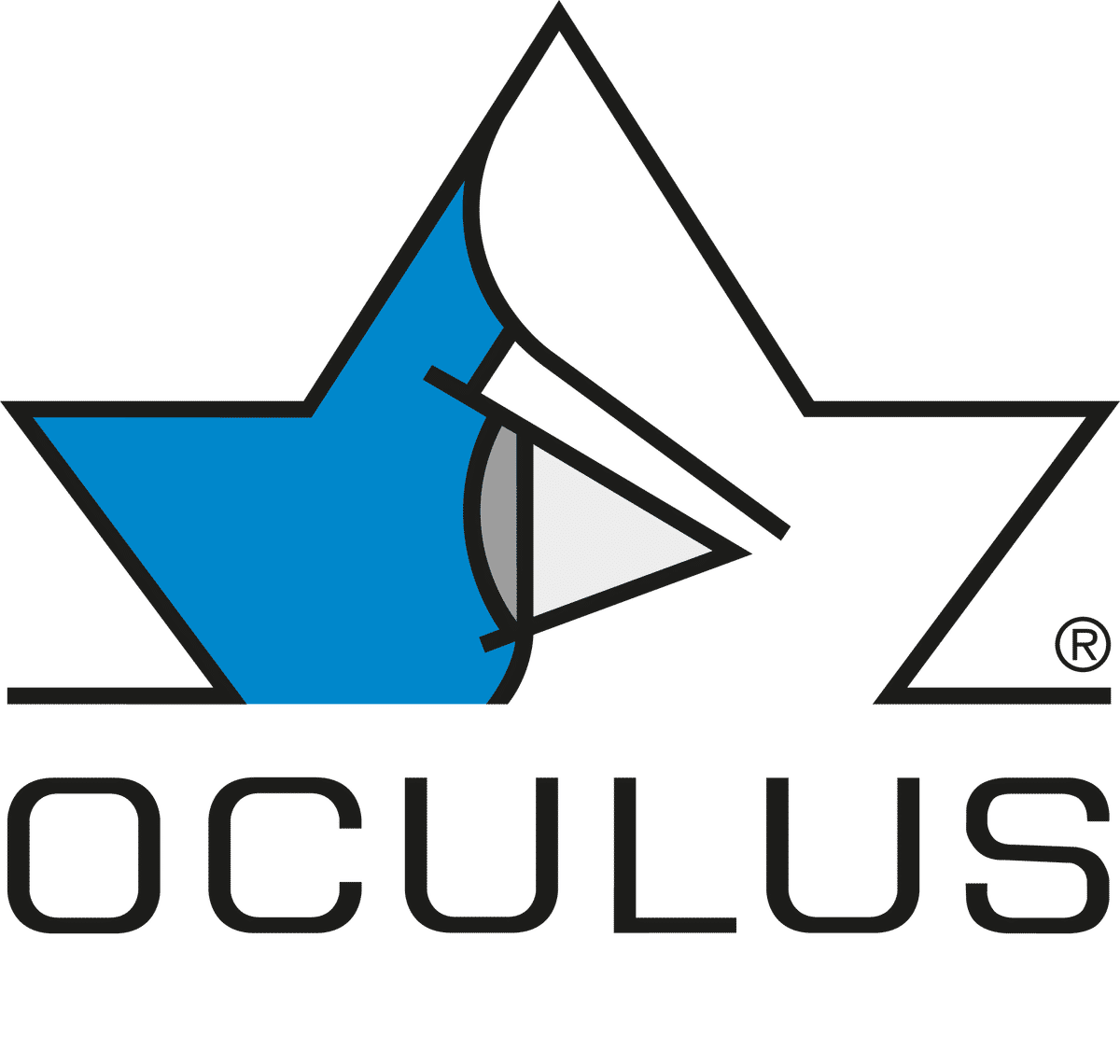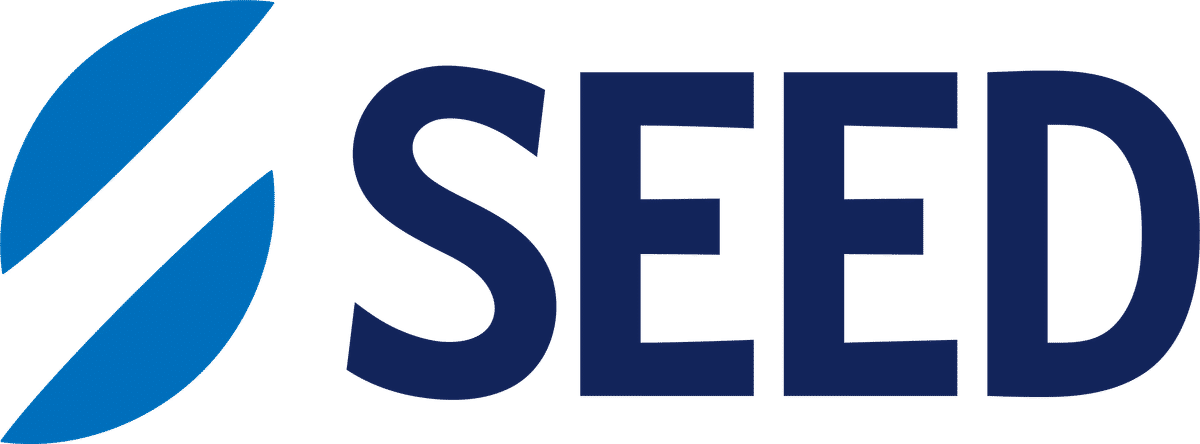Clinical
Tomography and teamwork in orthokeratology – Q&A with Dr. Nicholas Despotidis

Sponsored by
In this article:
We speak to Dr. Nicholas Despotidis about the importance of tomography in fitting orthokeratology.
Orthokeratology is a key option in myopia management, offering children the dual benefit of clear vision without the need for daytime optical correction and myopia control. However, successful outcomes depend on more than lens fitting alone—they require careful monitoring of corneal health and clear communication with parents about risks, benefits, and long-term care. With new imaging and monitoring tools, clinicians now have better ways to do all of this with confidence.
Dr. Nicholas Despotidis is a clinician, speaker, and author widely recognised for his leadership in myopia management and parent education. In this Q&A, he talks about how technologies like the OCULUS Pentacam® and Myopia Software have changed the way he practices ortho-k.
What’s your most important tool when fitting ortho-k lenses?
I believe a tomographer—specifically the OCULUS Pentacam® —is one of the most essential tools in ortho-k lens fitting. Unlike traditional topography, which maps only the anterior corneal surface, the Pentacam® provides true corneal tomography, offering detailed imaging of the anterior and posterior cornea, pachymetry, and even insights into the endothelium. This depth of information is crucial for screening and monitoring corneal health, especially in younger patients.
A memorable case involved a 13-year-old wearing a toric multifocal soft lens for myopia control. Over time, her best-corrected vision in one eye declined, despite appearing stable on traditional topography. Utilizing the Belin-Ambrósio Display on the Pentacam® greatly aided us in detecting what was determined to be early keratoconus (see Figure 1). This diagnosis allowed us to start proactive monitoring and prepare for epithelial-on crosslinking as soon as it’s FDA-approved. Discovering this early changed the course of care—and possibly her visual future. Without tomography, we may have missed this critical finding. The Pentacam® gave us both clinical confidence and a safer path forward.
Figure 1: Belin-Ambrósio Display on the Pentacam® of the 13-year-old patient’s right eye showing suspicious signs of a cone.
Do axial length or growth charts ever change your decision to fit ortho-k?
Absolutely. Axial length (AXL) and growth trajectory data from the Myopia Software often influence my treatment decisions. While I typically recommend ortho-k as a first-line therapy, I monitor AXL trends closely to determine if adjunctive interventions are necessary. For example, if axial elongation persists despite ortho-k, I might incorporate low-dose atropine or adjust lens parameters—such as a smaller or toric optical zone.
More importantly, these charts are a powerful tool to educate and motivate parents. By visualizing their child’s progression compared to normative data, parents are more receptive to environmental modifications like reducing near work, increasing outdoor time, and limiting screen exposure. I’ve advised families to remove smartphones from bedrooms and dining areas to minimize temptation and improve sleep hygiene.
The Myopia Software makes it easy to track these changes and document their impact. Parents appreciate seeing objective data behind my recommendations, which helps drive adherence and fosters a team approach to care.
Do you rely more on axial length or refraction when evaluating ortho-k effectiveness?
I prioritize axial length over refraction or uncorrected visual acuity when evaluating the effectiveness of ortho-k treatment. Axial length is a more objective and predictive measure of long-term risk for complications associated with high myopia.
That said, I remind myself that there’s a child behind the data. I don’t make decisions based solely on microns or diopters. I consider the child’s academic demands, family history of myopia, sleep habits, screen time and outdoor play. It’s a holistic approach. We see patients every three months during their growth phase and look for trends—not just isolated numbers.
If axial elongation continues despite environmental changes and good compliance, I revisit lens design, explore combination therapies, or even change modalities (e.g., from ortho-k to soft multifocals). My goal is not just to slow progression but to do so in a way that keeps the child healthy and thriving. The Myopia Software provides the kind of longitudinal data I need to make these informed and balanced decisions.
What’s your process for using the Pentacam® during ortho-k follow-up visits?
Our ortho-k follow-up visits are standardized. Each visit includes axial length measurements via the Myopia Software, refraction with and without the lenses, and corneal tomography using the Pentacam®. We also perform slit-lamp exams with and without lenses.
The Pentacam® plays a key role in evaluating lens centration, corneal health, and compliance. Subtle changes in corneal shape can alert us to lens condition, suboptimal wear time, or early complications, like lens adherence—even before symptoms arise. In fact, topographic data often prompt changes in lens design even if no changes are noted with NaFl examination.
The Pentacam® helps us strike a balance between effective myopia control and preserving long-term corneal integrity. After all, slowing myopia is only valuable if the lenses are safe and well-tolerated. Tomography gives us the confidence to ensure both.
How has the Pentacam® changed the way you communicate with parents/patients?
Today’s parents are data-savvy and want transparency about their child’s eye health. While this is a positive trend, it also presents challenges. Too much emphasis on numbers—especially visit-to-visit fluctuations—can cause unnecessary worry and place undue pressure on children….and clinician!
That’s why we limit in-depth data discussions during follow-ups. Instead, we focus on lens fit, comfort, and overall corneal health. We also spend time discussing practical visual hygiene. When appropriate or requested, we provide a printout from the Myopia Software showing axial length changes over time, usually shared via email with explanatory notes after the visit, which allows us time to answer parent questions. This allows parents to review the information on their own schedule and does not affect patient care flow on the day of the visit. It’s a win-win: we don’t get backed up, and parents appreciate our undivided attention so we can answer all their questions.
When parents do request detailed reports—often, researchers or healthcare professionals themselves—we provide comparative data aligned with published growth charts.
Ultimately, our job is to guide and advocate for families. The Pentacam® and Myopia Software help us deliver data with context, which is critical in today’s internet/AI-educated world.
Meet the Authors:
About Nicholas Despotidis
Dr. Nicholas Despotidis is a recognized speaker, author, and clinician specializing in myopia management. He practices in Hamilton, New Jersey, alongside his colleagues Dr. Barry Tannen, Dr. Ivan Lee, and Dr. Noah Tannen. Dr. Despotidis is the lead author of the books My Children Are Nearsighted Too and A Parent’s Guide to Raising Children with Healthy Vision. His TEDx talk, “A Childhood Disease Worth Preventing” educates parents on the worldwide myopia epidemic and methods used to help derail this from materializing.
He is also the creator of the 'SuperCharge Your Practice' workshop, an intensive course designed to help practitioners grow and sustain successful myopia management services. In 2025, Dr. Despotidis will present this workshop at Vision by Design in West Palm Beach, Florida, helping attendees enhance patient care, streamline office flow, and improve practice profitability.
This content is brought to you thanks to an educational grant from
Enormous thanks to our visionary sponsors
Myopia Profile’s growth into a world leading platform has been made possible through the support of our visionary sponsors, who share our mission to improve children’s vision care worldwide. Click on their logos to learn about how these companies are innovating and developing resources with us to support you in managing your patients with myopia.












